Here at Nine Rivers Distillery we intend to place great emphasis on fermentation in whisky production at our distillery – hence adding Neil Playfoot to the team. As one of our core principles, we want to revive the use of brewing yeast when making whisky. A tradition which has been mostly lost in Scotch whisky production in favour of consistency and high alcohol yielding yeasts over flavours and aromas.
The basics
Let’s start with a recap on the basics (sorry Whisky Nerds, you’ll already know this, but give us a moment to bring everyone up to speed) so we’re all in the same place.
- Grains (malted or unmalted) are milled (ground up into a mix of flour and larger chunks)
- Grains are then mixed up with water, and heated up to allow the amalayse from the malt to convert the starches from grains, into sugars.
- We end up with a very sweet sugary liquid. The next step is adding some yeast and convert those sugars to alcohol. This is where distilleries and brewers go in separate directions
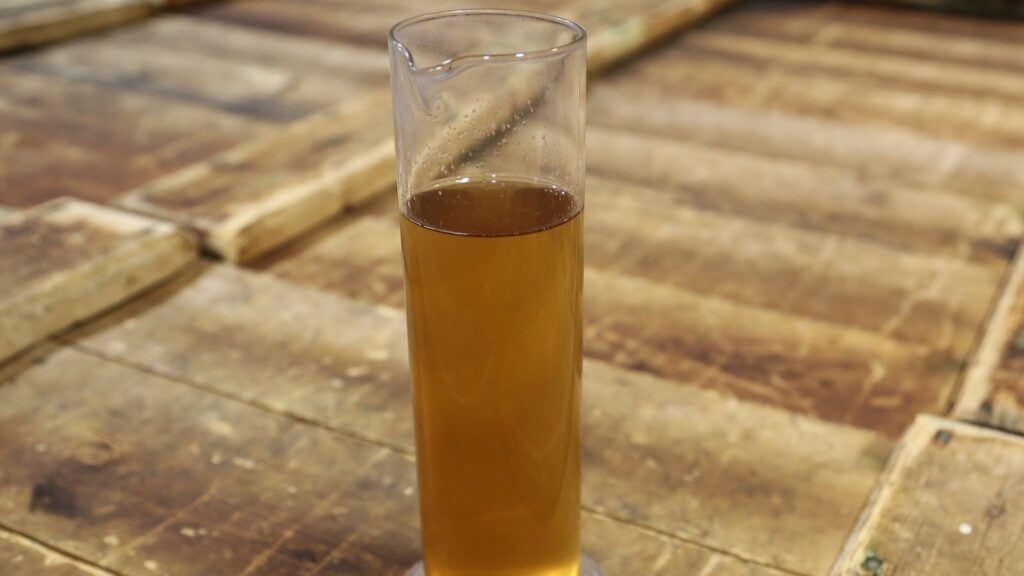
This end product can then be either put into a still (to make whisky or other alcohols) or put through some other processes to create beer.
The core differences
Let me first caveat this with stating that the following in a generalisation and of course there are some really exciting exceptions to the following.
Generally speaking, most whisky producers (for various reasons) are very conscious of costs of production. While it might be unfair to state that most whisky producers are penny pinching pirates that shave every cost to the bone for the sake of increasing profits by a few percentage points, we can all accept that whisky costs considerably more to create than unaged products such as vodka and gin, while still carrying the same levels of taxes. Often, every single cost is relevant so ensuring maximum amount of alcohol can be created from a wash, in the shortest amount of time, is very important to most producers.
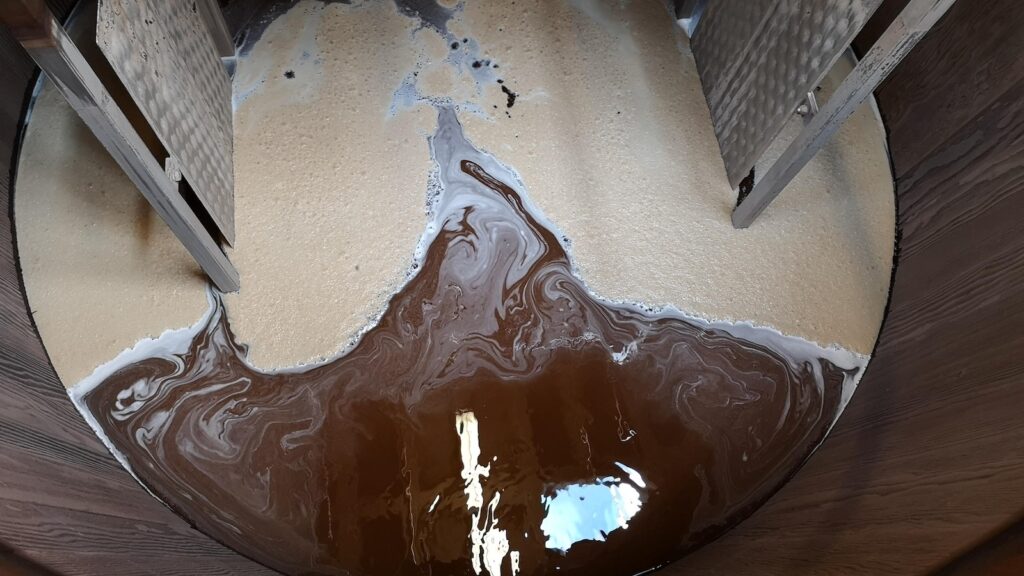
So in the case of creating whisky, fast acting, highly productive yeasts are of paramount importance, often at the sacrifice of flavours and aromas. With creating craft beers, a huge amount of attention is paid to both the yeasts that are used and the fermentation process. Longer fermentations controlled at particular temperatures allow a brewer to predict and achieve the desired flavour in the final beer. If the fermentation is too quick or the temperature to high, then off-flavours are produced. Whisky producers typically just want a base alcohol to distill, relying on flavours and aromas to be created at the point of distillation, and then during the maturation in the case.
What we can learn from beer
In brewing you can take the same sugar liquid we made from the malt and hot water and depending on what yeast and how we control the fermentation make entirely different beers.
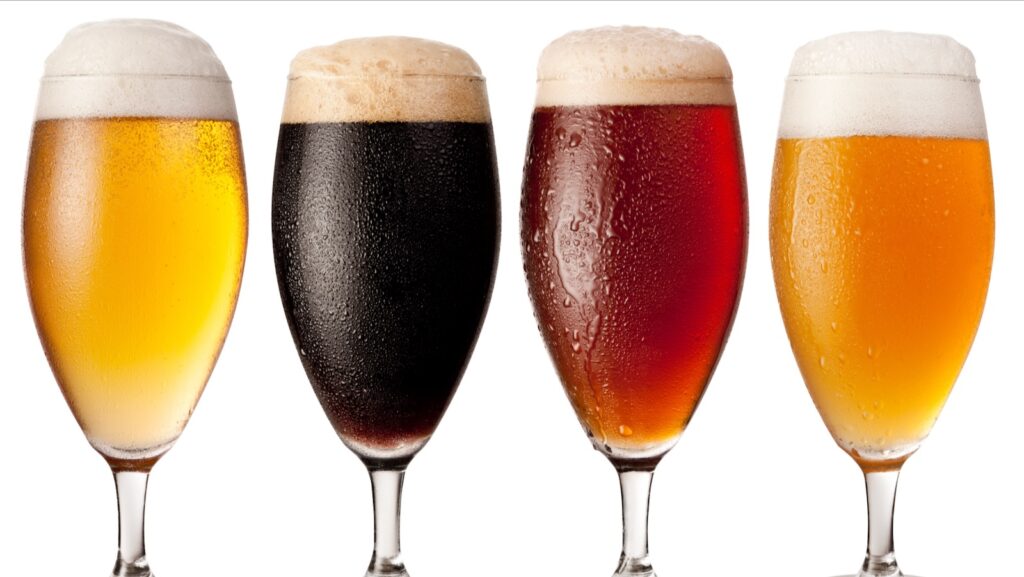
Let’s say we have out light-yellow coloured sugary liquid which we plan to ferment. We could do the following:
- We could take a British ale yeast and ferment at 23C (73.4F) and make a golden ale. This would be a malty, smooth, slightly sweet beer with an aroma to match. This could be the perfect partner for a first fill ex-bourbon barrel.
- We could add a yeast lager and ferment at 12C (53.6F) and eventually have a crisp lager. This would be a much more dry style, and with less body and aroma than an ale. This could be a good partner for a high quality, virgin oak cask, where we would want to demonstrate the oak and the vanilla that could come from an expertly coopered barrel.
- We could use a yeast that will convert the glucose into lactic acid and then add an ale yeast to ferment to remaining sugars. We’d end up with what’s called a sour beer. Slightly acidic and would probably (once distilled) be a fantastic pairing for casks that had been seasoned or used to produce sweet wines.
Logic would infer that if we can create at least three (we could do more, but let’s keep it simple for now) different types of beer from the same grains, but with varying the yeast used and the fermentation process, then it stands to reason that we could create three different types of whisky.
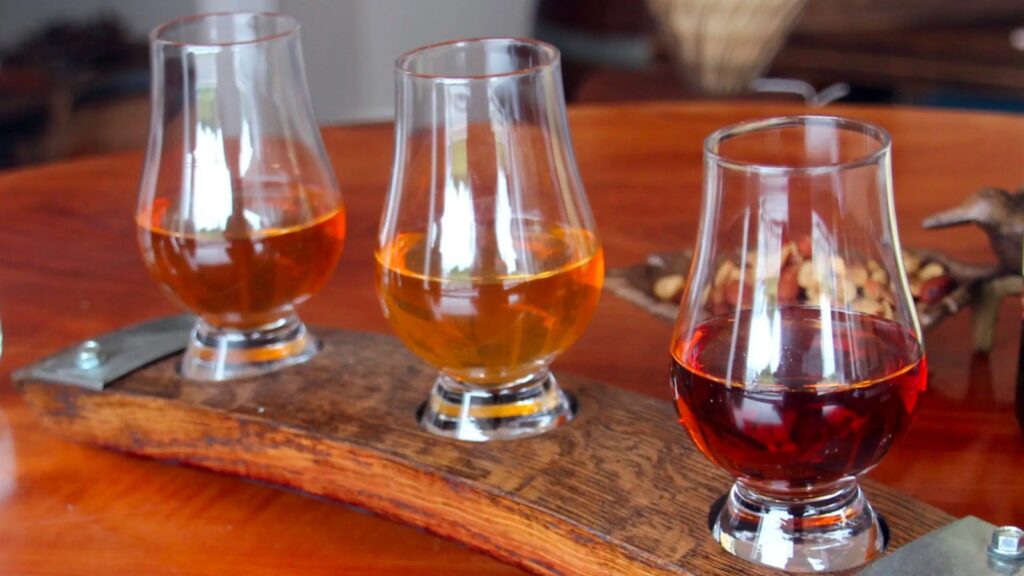
We would of course have to include some constants in there, such as maturing the whiskies in the same type of wood, for the same length of time, in the same conditions, and we’d have to ensure that the whisky was not over powered by a dominant cask seasoning or cask finish such as sherry. But, if we accept that distillation CONCENTRATES alcohol and (subject to how hard, or fast the distillation is run) aromas and flavours, it will be concentrating the aromas and the flavours created during fermentation – right?
Taking it one step further
With the knowledge that different yeasts and fermentation processes will create different beers (and therefore should create different wash) we can take this one step further by adding a layer of unique, terroir specific angle to our whisky by utilising local yeast strains. But before we get onto that, let’s start by understanding what yeast actually is.
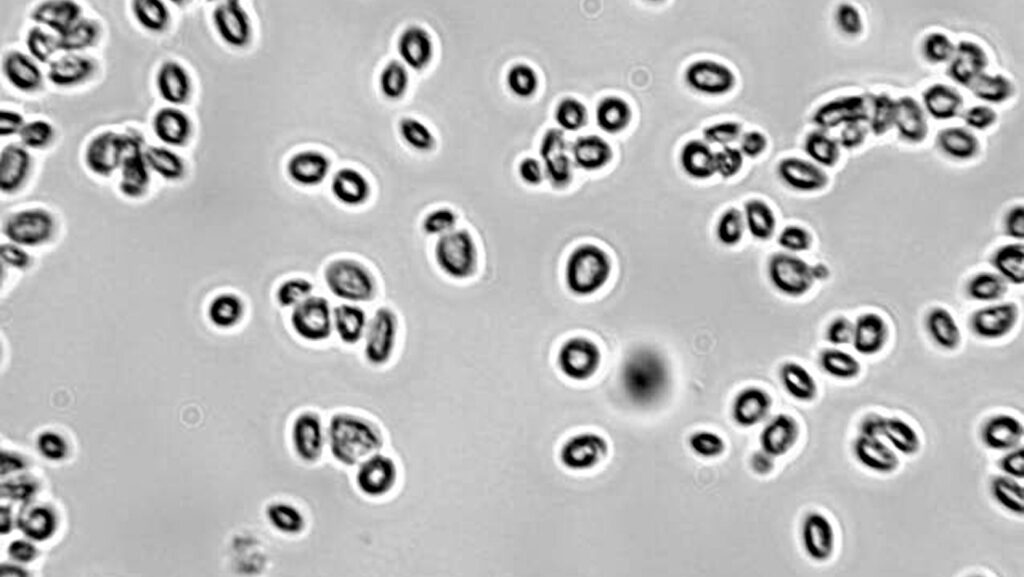
Yeasts are single-celled, microorganisms and fall under the classification of fungus. While we won’t go too deep into the science lesson and start talking about the evolution of yeasts from multicellular organisms (a step “backwards” in evolution in the typical sense), or the phylogenetic diversity which results in the placement of yeasts in two separate phyla, lets keep it simple and generalise fermentation yeasts as organisms that metabolise sugars and excrete alcohol and carbon dioxide.
Scotch whisky producers typically use one of 4 types of commercially available Saccharomyces cerevisae yeasts and while other whisky producers have experimented with other yeasts (Don Livermore, Master Blender at Hiram Walker & Sons in Canada created a whisky yeast flavour wheel back in 2017 that showed what yeast can contribute to whisky) there is something to be said for the reliability and consistency of commercial yeast strains. One spoiled batch can be a commercial loss, which is often too much for smaller producers to absorb.
Creating OUR yeasts
We are working with a number of local universities and a global leader in the production of yeasts, to harvest local, wild yeast strains. While there’s loads of nerdy science that happens to take wild yeast to a point of being a viable strain for fermenting wash, the basic steps consist of taking swab samples from potential yeast sources and propagate the samples on plates. As the cultures grow and multiply, individual yeast strains can be isolated and grown on until there is enough to pitch into sample fermentation batches.
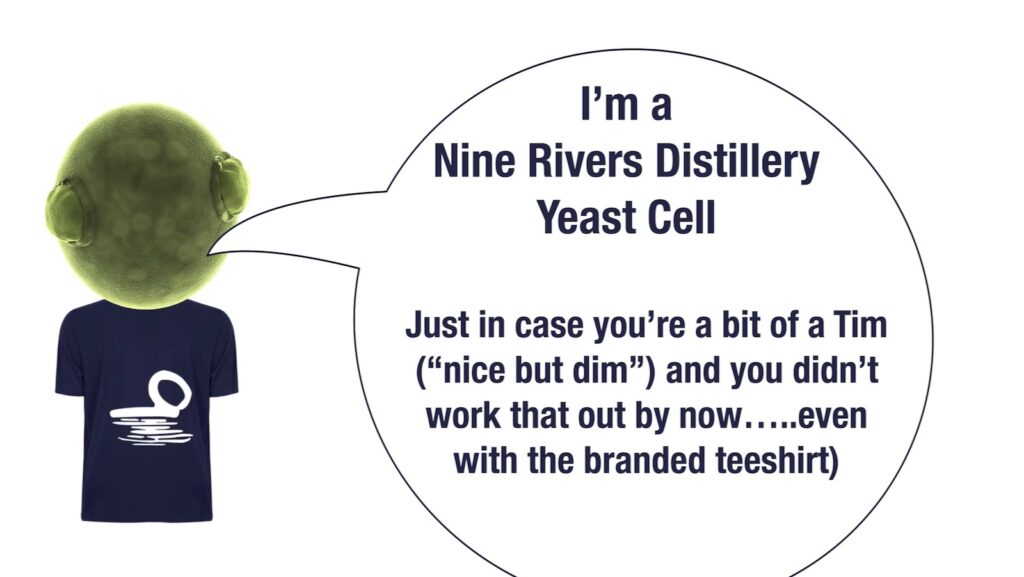
These fermented batches can be distilled and then the new make spirit can be analysed from a science based perspective, but also from our own tasting panels, made up of our investors of course – one of the many perks of being involved in Nine Rivers Distillery – free booze (*cough* “tasting samples” as they are officially called).
The yeasts that are behind the best ranking new make spirits will then be propagated to commercial scale and will be used to craft our whiskies.
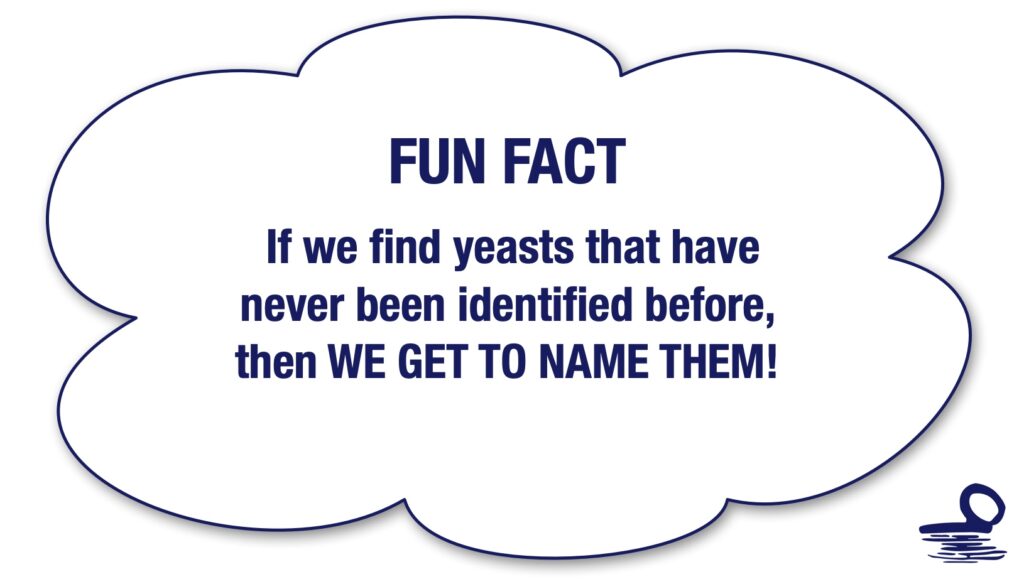
While we’re no experts in the classical taxonomy of organisms, we know it has to be in latin. So our short list currently consists of the following:
- Senex malevolum monstrum cano
- Cupam populo (et fermentum etiam)
- Centum cupam amantes ad industriam alcoholis accipientes
No doubt we’ll end up with some kind of voting system to pick the best name
What does that give us?
Something really unique to our proposition. Something that is in every way, not only authentically Chinese, but unique to our local area, Da Chi, Longyan, Fujian, because it’s made from something local right at the very start of the production process.
The sugars were converted to alcohol by local yeast strains.
It also means that no one else, anywhere in China, at any other distillery, can create a whisky that is the same as ours.
Why?
Simple because we think that whisky made in China, should be distinctively Chinese in every possible aspect.

There are so many whisky distillery projects here in China that are seeking to replicate Scotch whisky. Frankly, apart from this being completely boring, it’s also just playing to the international narrative that China cannot innovate, it can only copy and replicate. Of course, this is absolute nonsense as China has not only been innovative in many industries, but has grown to literally dominate many in just a few decades. We think the same should be true about whisky.
Looking to so many success cases in “New World” whisky, from literally every corner of Europe, to India and Australasia. There have been so many amazing, exciting and modern whisky brands that have set out to make unique and distinctive whiskies that stand alone and independently of the typical scotch styles, and they have done it successfully.
These examples are both a foundation and an inspiration to what we want to do here at Nine Rivers Distillery. We’re aiming to shout out to the whisky loving world:
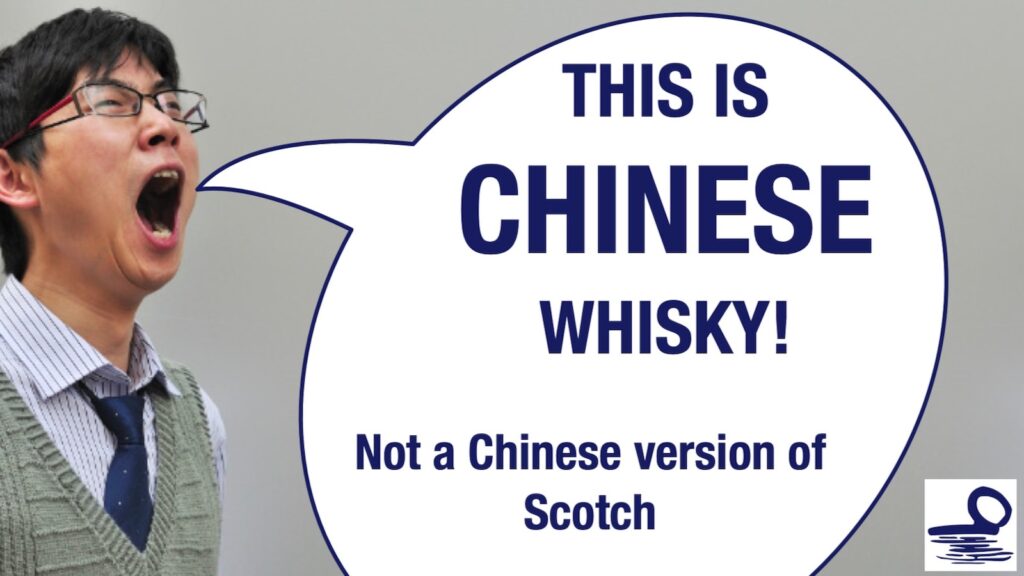
Would You Like To Read More?
If you enjoyed reading about how we currently don’t see any alternatives to dramfunded, and you would like to catch up with some of our past articles, then please CLICK HERE and go to our News Section, where most of our other content is published.
Would You like To Know More About Helping Nine Rivers Distillery?
One of the easiest ways to help our project succeed is to take an interest in anything we have for sale. You can find out what we have if you CLICK HERE and go to our shop. We’ll make a few percentage points (after sales tax) and this goes directly to our project.
You could help us by simply buying your very own Brick for Life – a brick with a steel name plate wrapped around it, which will be cemented into The Plenum (our feature wall) in July 2023. Every brick owner is entitled to a free dram for life every time they visit us in Longyan, Fujian.
Or, you could learn more about being involved and help us grow to our target of 1000 stakeholders. You can read more about how we are Dramfunded if you CLICK HERE. Remember, we currently have no alternatives to dramfunded!
Follow Us
Last, but as important as all the other points above, you can help us by reading, liking and sharing our content across some of the more popular platforms.
LinkedIn users you can CLICK HERE to follow us.
Facebook users, you can CLICK HERE.
YouTube users, you can CLICK HERE.
Twitter users, you can CLICK HERE.
Instagram users, you can CLICK HERE.
Or follow us on WeChat using the QR code below.

